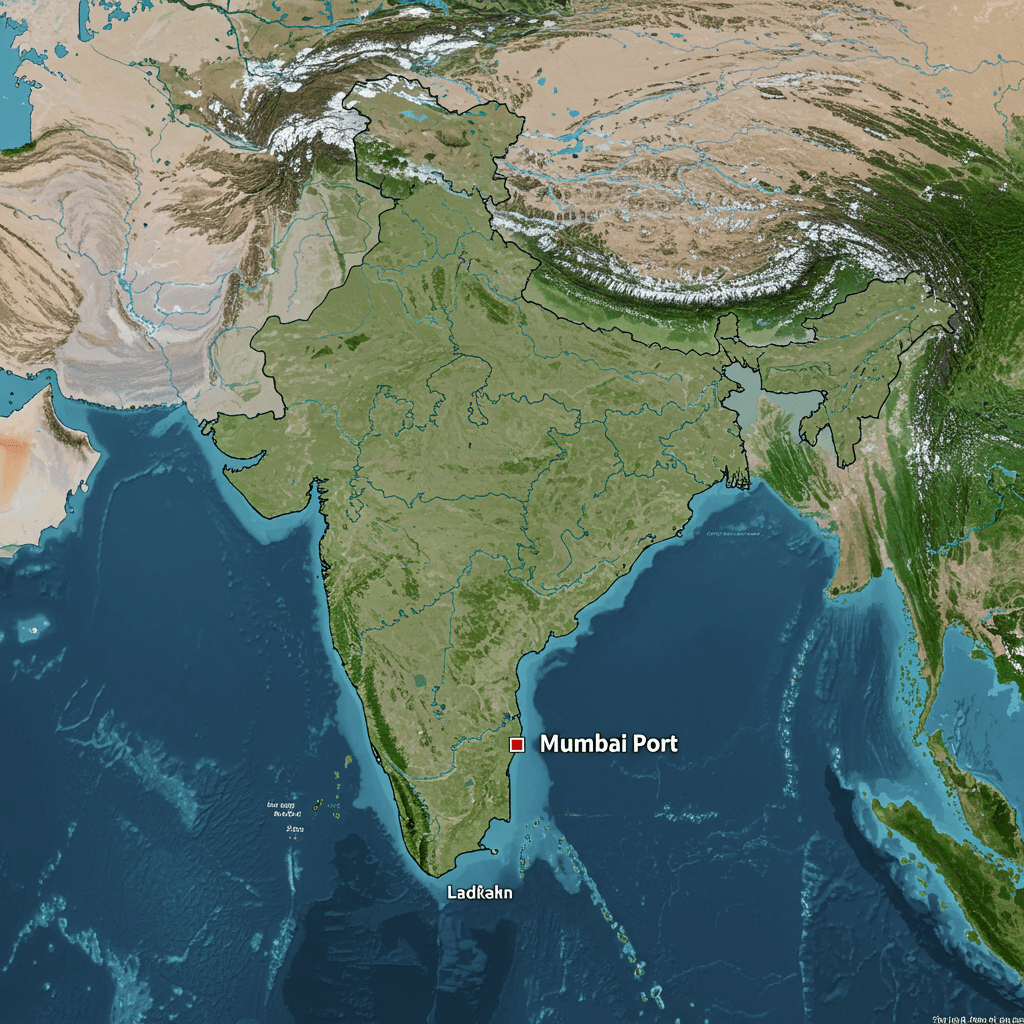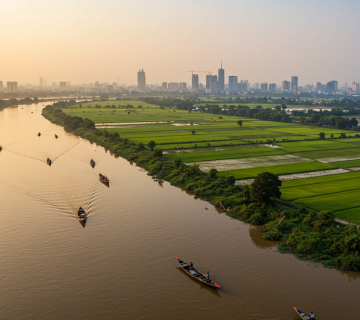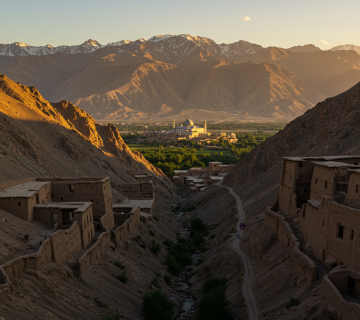A Land on the Edge, at the Center of East Asia’s Balance
North Korea, a mountainous and largely forested land, sits quietly yet strategically in Northeast Asia. Its geography is not just a map of borders and mountains, but a framework for understanding its profound impact on regional politics and security dynamics.
🗺️ Location and Borders
Situated in the northern half of the Korean Peninsula, North Korea shares borders with China, Russia, and South Korea. The Yalu River to the northwest and the Tumen River to the northeast form natural borders with China and Russia. To the south, the Demilitarized Zone (DMZ) separates it from South Korea. This location connects the country to East Asia, Eurasia, and the Pacific.
🏔️ Topography and Climate
Over 80% of North Korea is mountainous or hilly. The Hamgyong and Paektu mountain ranges dominate its geography, with Mount Paektu being the highest and culturally significant peak. The climate is continental—cold, dry winters and hot, humid summers.
🌊 Maritime Access
North Korea borders the Yellow Sea to the west and the Sea of Japan (East Sea) to the east. Ports like Nampo and Chongjin serve limited trade and logistics. However, international sanctions restrict maritime economic integration with the global market.
🧭 Geopolitical Significance
North Korea sits at the crossroads of powerful nations: China, Russia, South Korea, Japan, and the U.S. Its proximity to these players magnifies its importance in security dialogues, peace talks, and regional strategies.
🛡️ Role in Regional Security
Possessing nuclear capabilities and conducting frequent missile tests, North Korea is central to East Asia’s security architecture. Neighboring countries closely monitor its military posture and policy shifts.
🔄 Strategic Dependence
While heavily sanctioned, North Korea maintains critical ties with China and, to a lesser extent, Russia. These relationships provide both economic lifelines and political leverage in global negotiations.
Conclusion
North Korea’s geography places it in a pivotal position within East Asia. Its terrain, resources, neighbors, and strategic location ensure that any shift within or around its borders echoes across the entire region.





No comment